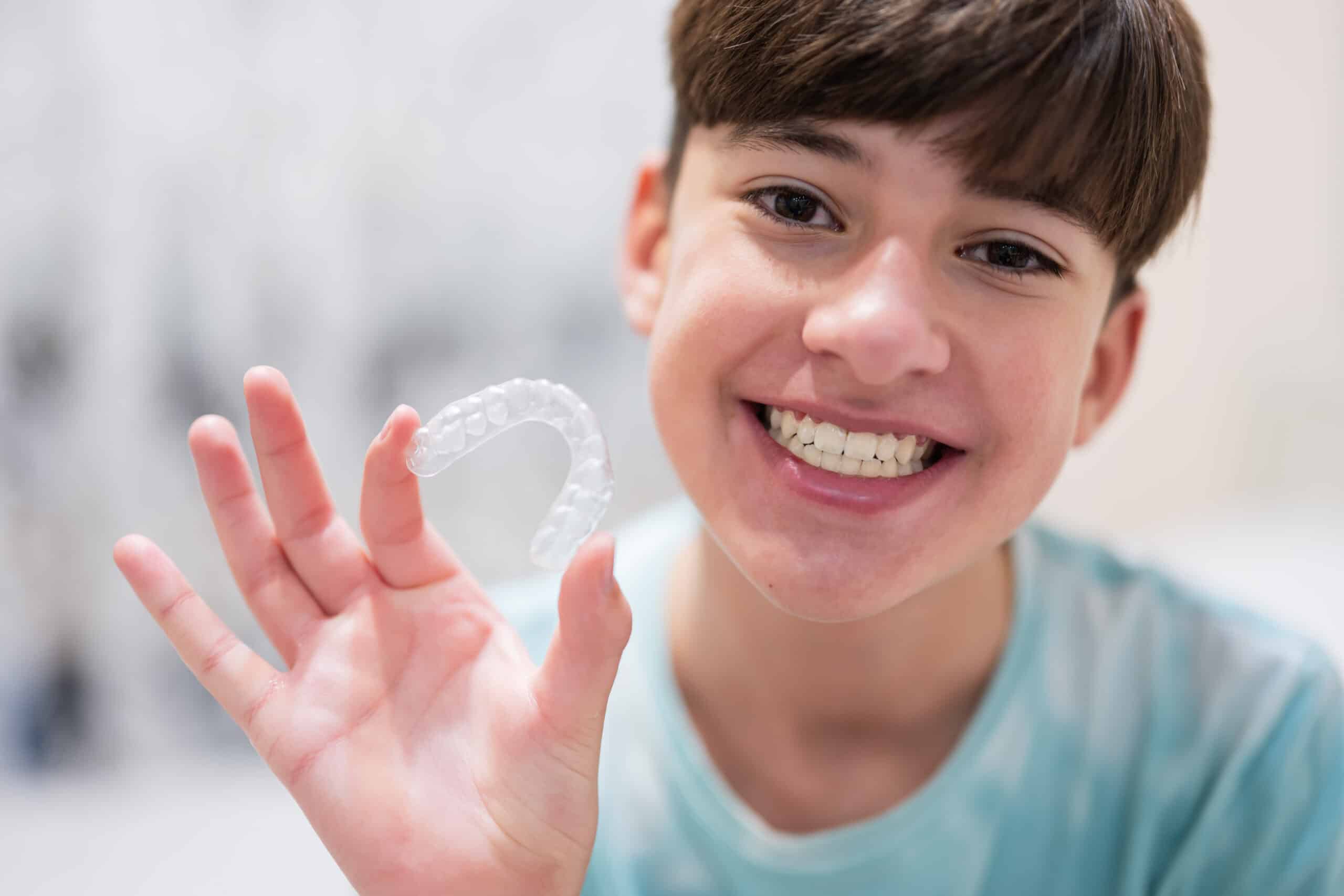Invisalign is a popular choice for straightening teeth, offering a nearly invisible alternative to traditional braces. Many people wonder: Does Invisalign hurt? While it’s generally more comfortable than braces, some discomfort is normal, especially when switching to a new set of aligners. Here’s what you need to know about Invisalign pain, how to manage it, and what to expect during your treatment.
Understanding Invisalign Discomfort
Invisalign works by gradually shifting your teeth into place using clear aligners. Since this process involves pressure, it’s common to feel some soreness, especially in the first few days of wearing a new aligner. However, most patients describe it as mild and manageable.
Common Causes of Invisalign Pain
- Pressure on Teeth – Each new aligner set applies gentle force to move your teeth.
- Edge Irritation – The plastic edges of aligners can sometimes rub against your gums or tongue.
- Tightness When Switching Trays – A new aligner means a fresh adjustment period.
- Nighttime Discomfort – Some people notice more pressure at night, as the aligners are working continuously.
How Much Does Invisalign Hurt? A Week-by-Week Breakdown
- First Few Days – You may experience the most discomfort as your teeth adjust to the aligners.
- After a Week – Soreness usually fades, and wearing aligners feels more natural.
- With Each New Set – Some pressure may return but should subside within a couple of days.
- Overall Treatment – Most patients adapt quickly and experience minimal pain over time.
Invisalign vs. Braces: Which Causes More Discomfort?
Traditional braces involve metal brackets and wires, which can poke and cause irritation. Invisalign, on the other hand, has smooth edges and no metal parts. “Compared to braces, Invisalign is a much more comfortable option,” says Dr. Michael Rouhi. “The pressure is mild, and there are no sharp wires to worry about.”
Tips for Managing Invisalign Pain
- Use Invisalign Chewies – These help seat aligners properly, reducing pressure.
- Apply Orthodontic Wax – This prevents irritation from aligner edges.
- Take Over-the-Counter Pain Relievers – Ibuprofen or acetaminophen can help ease discomfort.
- Switch Aligners at Night – This allows you to sleep through the initial tightness.
- Rinse with Warm Salt Water – Helps soothe sore gums and any irritation.
- Use a Cold Compress – Reduces swelling and numbs soreness.
- Try Pain Relief Gels – These can provide targeted comfort.
Does Invisalign Hurt More at Night?
Some patients feel increased pressure at night, especially after switching to a new aligner. Dr. Sandra Farber recommends, “If you notice discomfort at bedtime, take a pain reliever an hour before sleeping to make the adjustment easier.”
How to Sleep Comfortably with Invisalign
- Stick to a regular routine so your body adjusts.
- Avoid removing aligners unless necessary.
- Use a soft pillow for added comfort.
Where to Find Invisalign Pain Relief Products
- Buy Invisalign pain relief wax to prevent irritation.
- Order clear aligner pain relief gel for targeted relief.
- Shop Invisalign chewies to help seat aligners properly.
- Purchase Invisalign soft bite aligner chewies for added comfort.
- Find a dentist for an Invisalign pain consultation if discomfort persists.
If you’re ready to start your Invisalign journey, book a free Invisalign consultation near you at Woodbridge Dental Centre. Our team is here to guide you through every step, ensuring a smooth and comfortable experience.
Further references:





